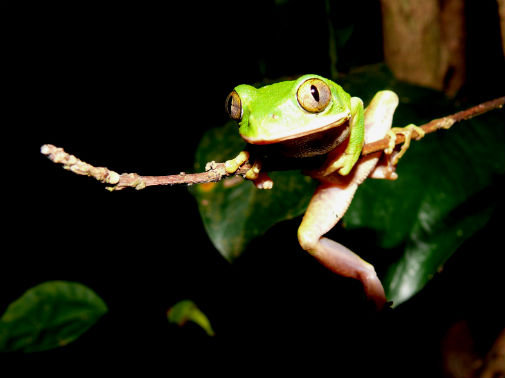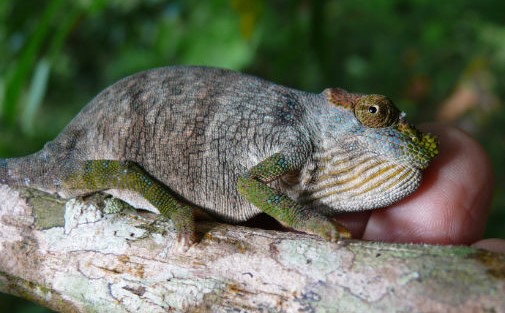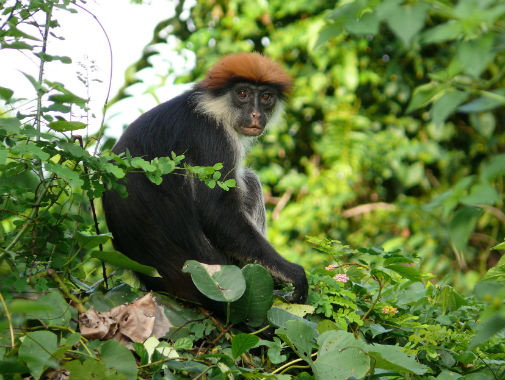
Conservationists are rejoicing over Tanzania’s latest announcement that they will be protecting a globally unique forest ecosystem in East Africa, following research that demonstrated it is under threat from illegal activities including tree-cutting for charcoal and the poaching of elephants and other animals.
Previous research had shown that the Magombera Forest in Tanzania could disappear by 2018 if action wasn’t taken to protect it.
A conservation program, called the Udzungwa Forest Project and the Tanzania Forest Conservation Group (TFCG) and with help from local villages, demonstrated the significance of the unique wildlife and importance of the land to the people of the region.
In 2018, the Udzungwa Forest Project and TFCG, reached their target of $1 million to protect the forest in partnership with nearby villages and the Tanzania Forest Services Agency.
The Government of the United Republic of Tanzania, with financial and scientific support from the several conservation groups, will now create a 6,463-acre Magombera Nature Reserve to protect the plants and animals of the forest.
“Protection for these lands follows more than 40 years of research and consultation,” said project leader, Dr. Andy Marshall of the University of York. “When I first began work in the forest 15 years ago, it was clearly a biologically important place, but it rang with the sound of axes and machetes.

“Over the past few years we have worked with local villages to find alternative sources for wood and have even managed to reduce the frequency of wildfires, invasive vines and tree-cutting in Magombera, leading to thousands of small trees now growing back into the once almost empty forest.”
The conservation value of the forest first became known in the 1970s, but received international attention through the discovery of a new chameleon species that was spotted escaping the jaws of a snake by University of York researcher, Dr Andy Marshall, in 2009.
CHECK OUT: The Best Environmental News of 2018 — Earth Seems to be in Good Hands After All
The discovery of several new species of monkeys, trees, and chameleons was reportedly a major incentive for increased donor support and interest in protection of the forest.
“As well as the Magombera chameleon and the red colobus monkey, the region is also home to numerous other internationally threatened species of plants and animals, including the Udzungwa dwarf galago, African elephants, and hippopotamus,” said Dr. Paul Salaman, Chief Executive Officer of Rainforest Trust, one of the organizations contributing to the park’s protection.

“It is also an important place for local communities who depend on the adjacent land for rice and sugar farming.”
Without the environmental services provided by the adjacent forest, the agricultural region would become under serious threat from floods and soil erosion, making life in the surrounding villages increasing challenging.
MORE: Swiss Businessman is Contributing $1 Billion Towards Protecting 30% of the Planet
In partnership with the Udzungwa Forest Project, additional funds from Rainforest Trust are now being used to develop and implement a conservation management plan for the new reserve, which will include the ways in which tourists can visit the forest, to the benefit of the local communities, and view the colobus monkeys without disrupting any wildlife habitats.
“The Magombera Nature Reserve will break boundaries in forest conservation in Tanzania, by ensuring that tourist entrance fees will go both to local communities and to the government managing authority,” said Charles Meshack, Executive Director at TFCG.
“This is a major achievement for forest conservation that will help both wildlife and people, in a way that differs from any other reserve that I know.”
(Source: University of York)
Plant Some Positivity By Sharing The Good News With Your Friends — Photos by Dr. Andrew Marshall



















